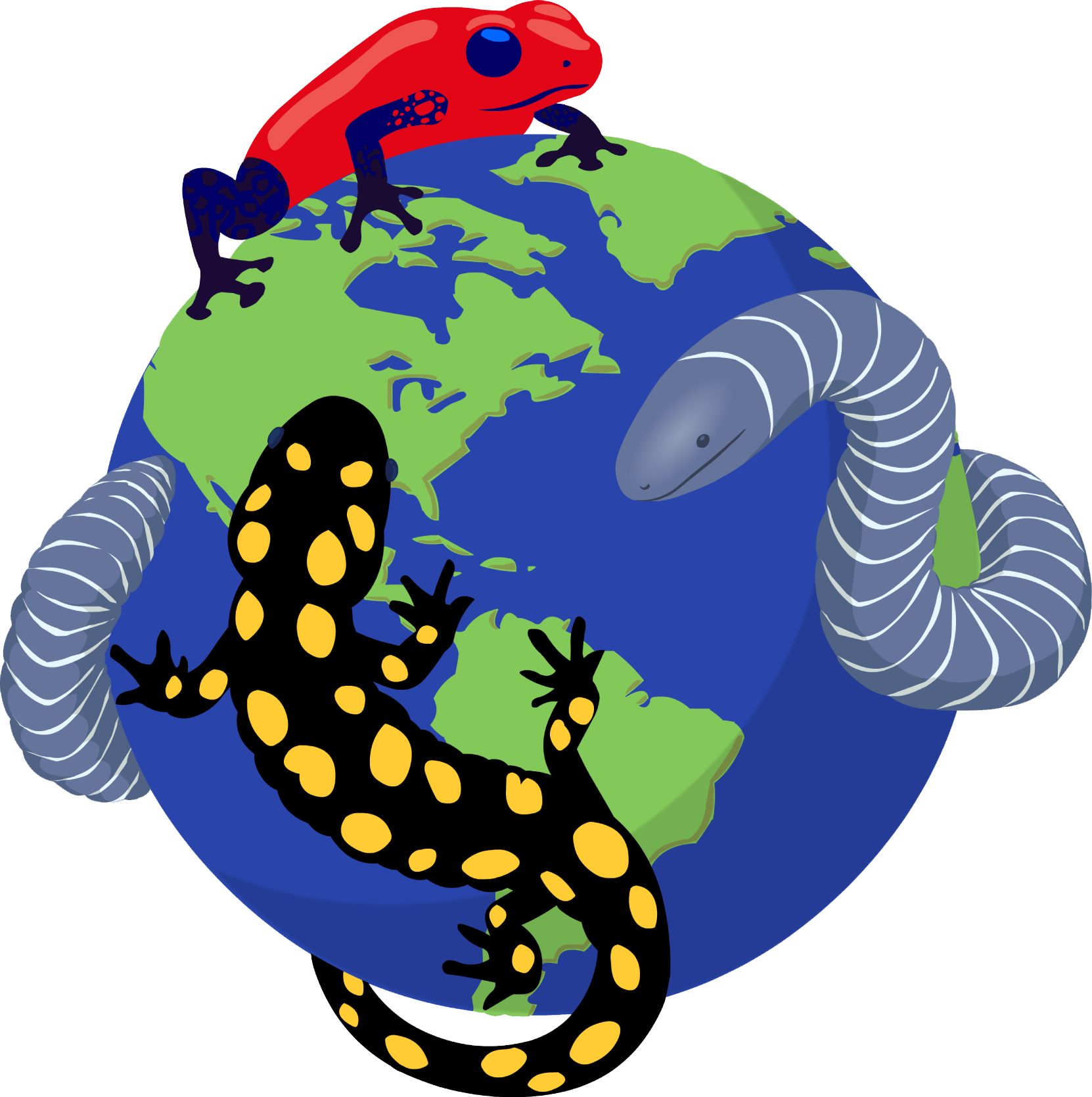|
Raorchestes dubois (Biju & Bossuyt, 2006)
Kodaikanal Bush Frog, Koadaikanal Bush Frog | family: Rhacophoridae subfamily: Rhacophorinae genus: Raorchestes |
| Species Description: Biju, S.D., and F.Bossuyt. 2006 Two new species of Philautus (Anura, Ranidae, Rhacophorinae) from the Western Ghats, India. Amphibia-Reptilia Volume: 27 Number: 1 Page: 1 - 9 | |
 © 2015 Harsimran Singh (1 of 1) |
|
|
|
Description Dorsal surfaces are a pale gray-green highlighted with a silver and cobalt-violet tinge (Biju, Bossuyt 2006). The dorsum is marked by a dark gray upside-down "V" which runs from the eye to the vent. The dorsum and the flanks are marked by black, brown, silver and violet spots of various sizes. Loreal and temporal regions are brown-black. The iris is a gold brown with a distinct green-brown outer ring, and the pupil has a golden outer ring. Limbs have black cross bands over light grayish brown. Fingertips are white. The femur area is coffee-brown colored with varying concentrations of dark and light spots and patches. Sides of the belly are marked by light yellow-brown blotches. The ventral surfaces of the thigh, tibia, and tarsus are predominantly grey-brown mixed with brown blotching. Feet and hands are dark gray-brown with black spots. In preservative the dorsum is a lighter gray-brown with black and gray spots scattered throughout (Biju and Bossuyt 2006). Diagnosis: This species can be diagnosed from other species in the genus by the following combination of characters: small adult size (male SVL less than 20.8 mm), elongated body, tibia longer than foot, well-developed supernumerary tubercles on all toes, granular flanks and dorsum, coarsely granular forelimb underside, and femur coloration (coffee-brown with variable light brown to yellowish-brown blotches). Distribution and Habitat Country distribution from AmphibiaWeb's database: India
Life History, Abundance, Activity, and Special Behaviors In females, the ovary is large and creamy white in color. Ovarian eggs were about 3 mm in diameter in one specimen (Biju and Bossuyt 2006). Larva Trends and Threats Comments
References
Biju, S. D. (2006). Philautus duboisi. In: IUCN 2010. IUCN Red List of Threatened Species. Version 2010.1. www.iucnredlist.org. Downloaded on 05 May 2010. Biju, S. D., and Bossuyt, F. (2006). ''Two new species of Philautus (Anura, Ranidae, Rhacophoridae) from the Western Ghats, India.'' Amphibia-Reptilia, 27, 1-9. Dinesh, K. P., Radhakrishnan, C., Gururaja, K. V., and Bhatta, G. (2009). ''An annotated checklist of Amphibia of India with some insights into the patterns of species discoveries, distribution and endemism.'' Records of the Zoological Survey of India, Occasional Papers, 302, 1-153. Originally submitted by: Alexis Leigh Krup (first posted 2009-10-06) Edited by: Kellie Whittaker, Michelle S. Koo (2022-08-18) Species Account Citation: AmphibiaWeb 2022 Raorchestes dubois: Kodaikanal Bush Frog <https://amphibiaweb.org/species/6730> University of California, Berkeley, CA, USA. Accessed Mar 28, 2025.
Feedback or comments about this page.
Citation: AmphibiaWeb. 2025. <https://amphibiaweb.org> University of California, Berkeley, CA, USA. Accessed 28 Mar 2025. AmphibiaWeb's policy on data use. |



 Map of Life
Map of Life